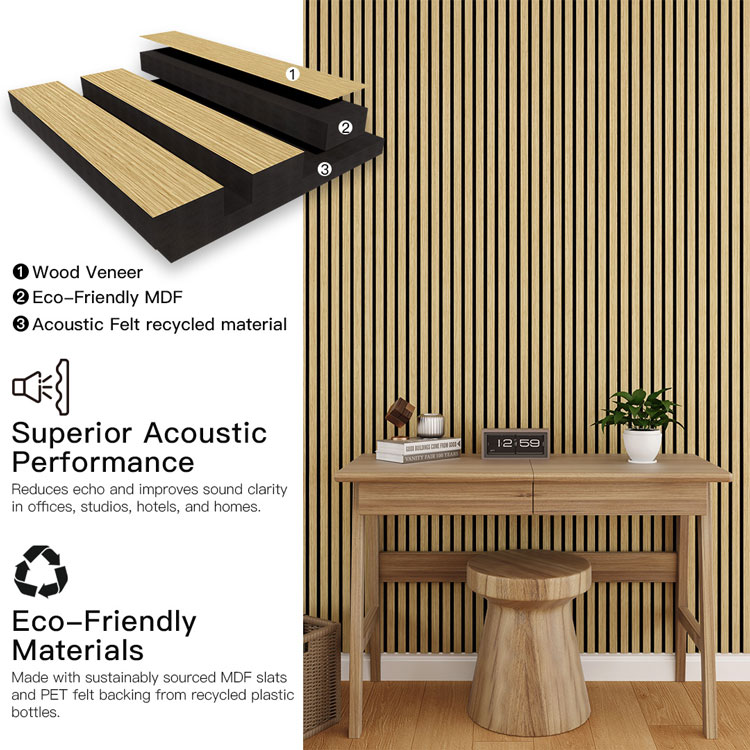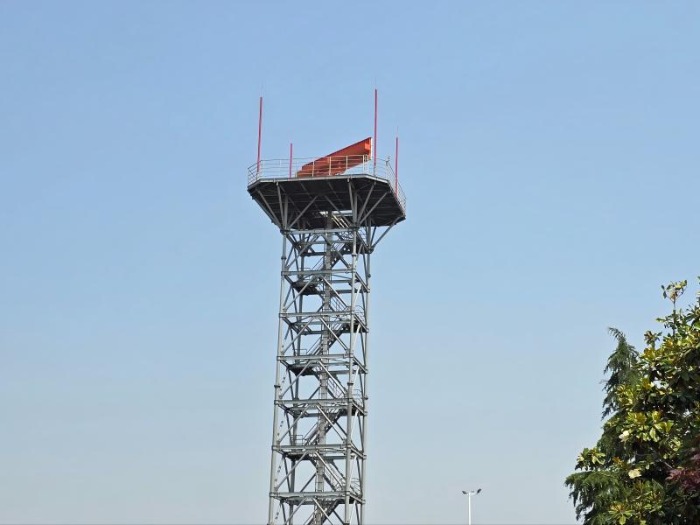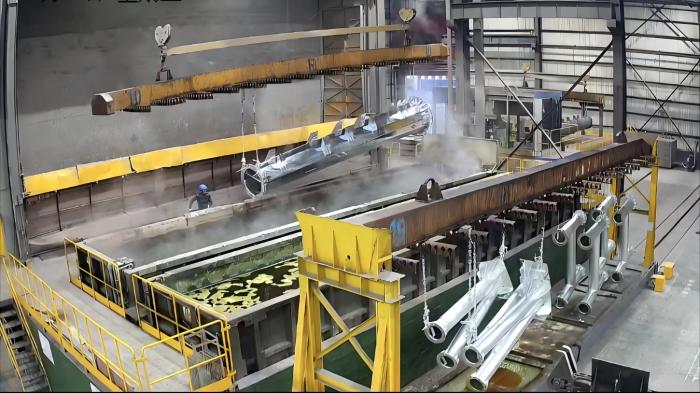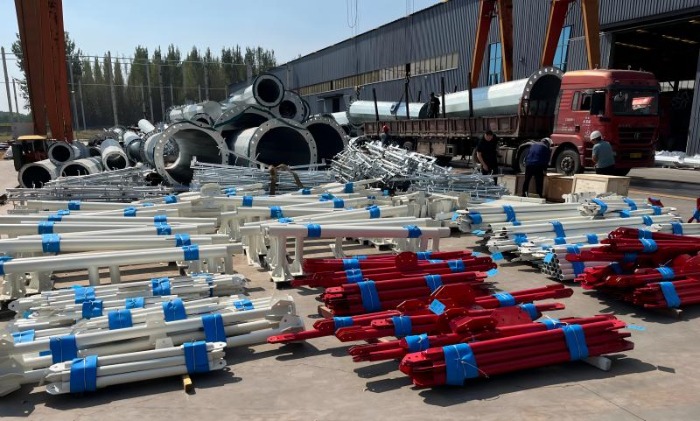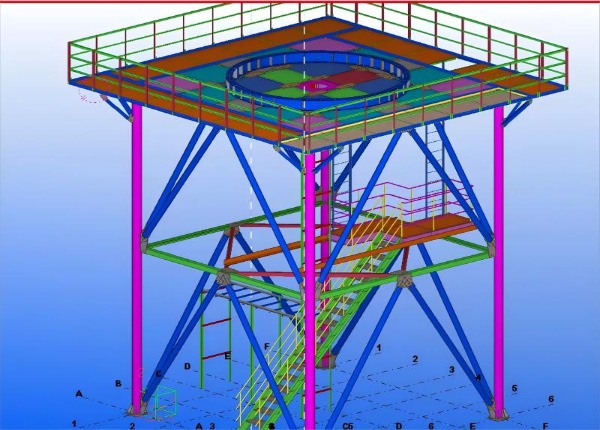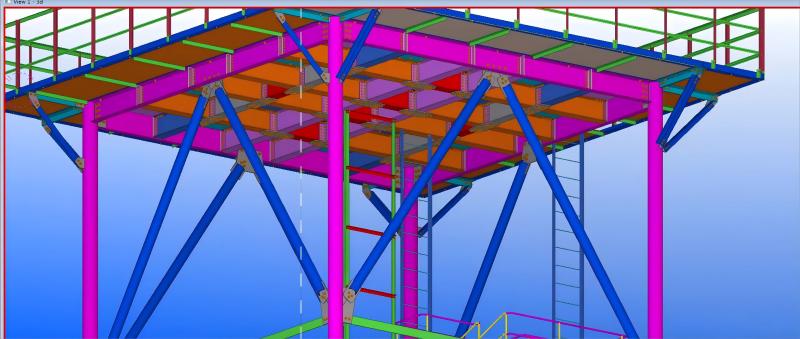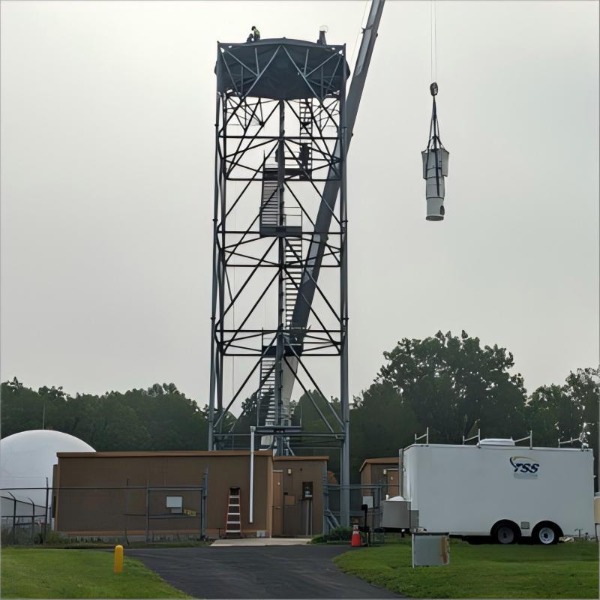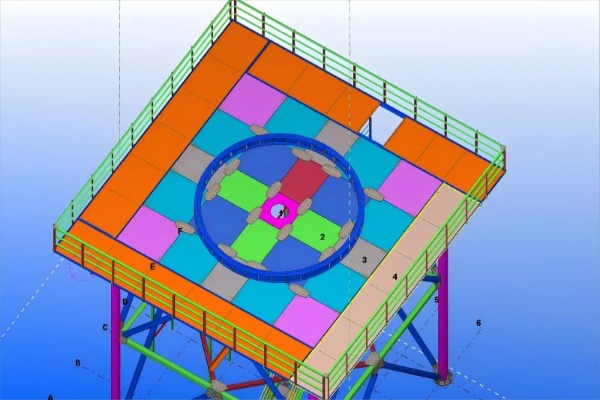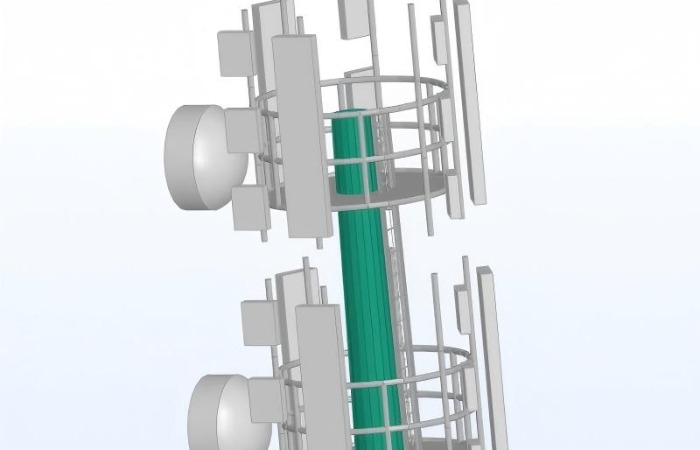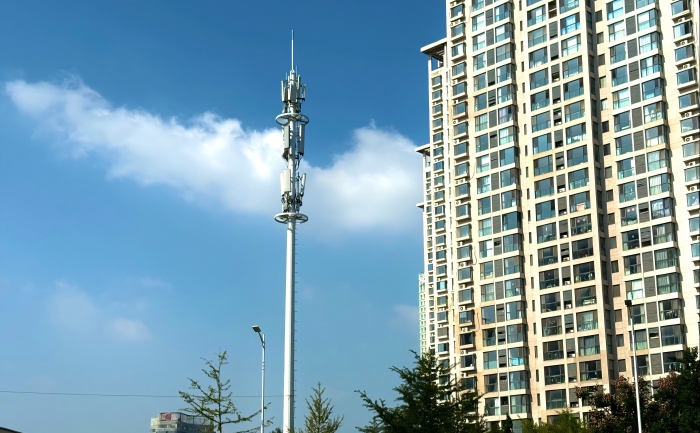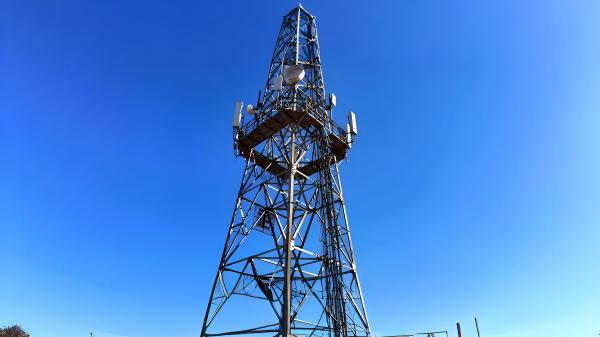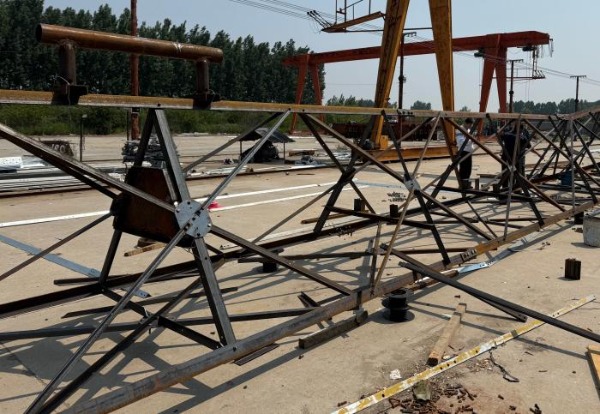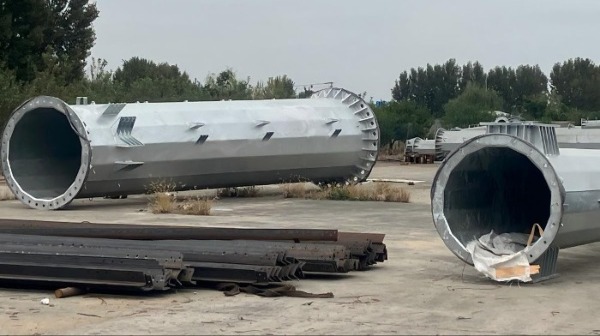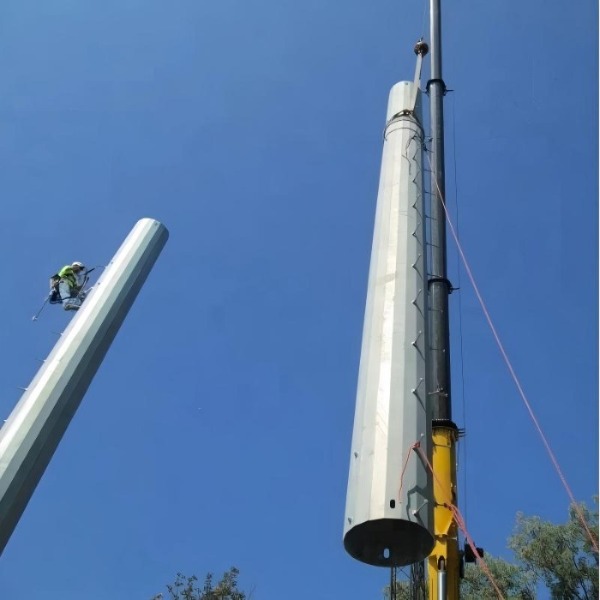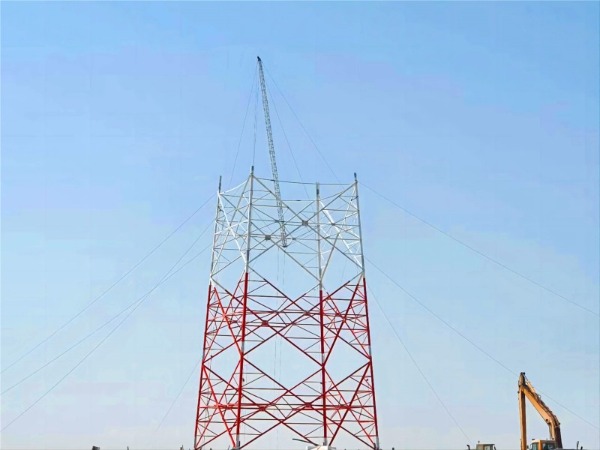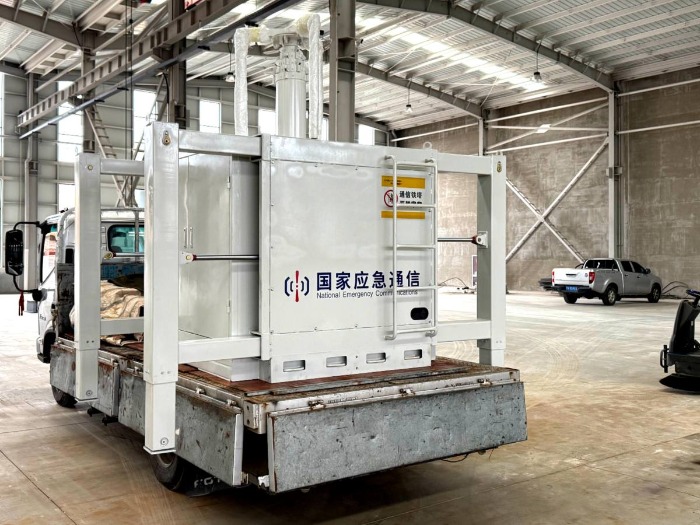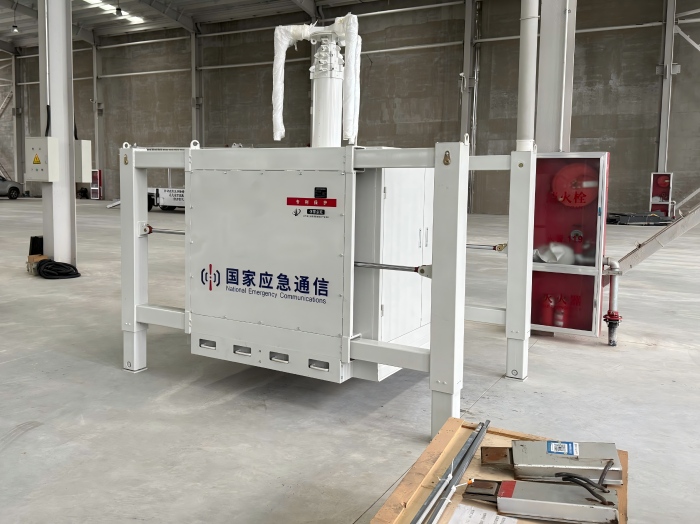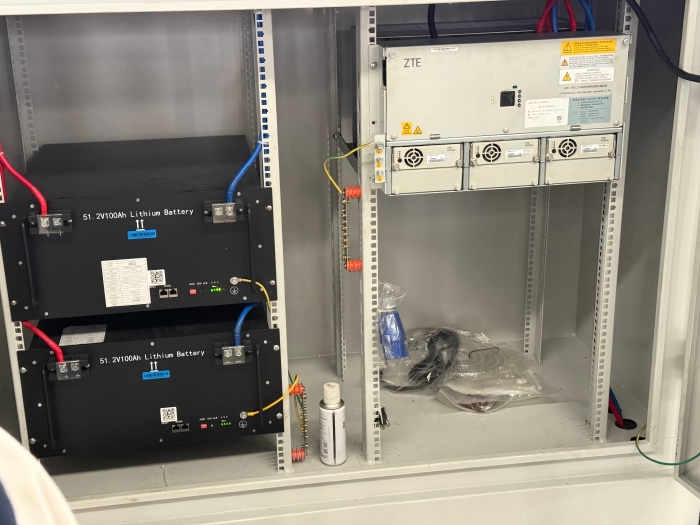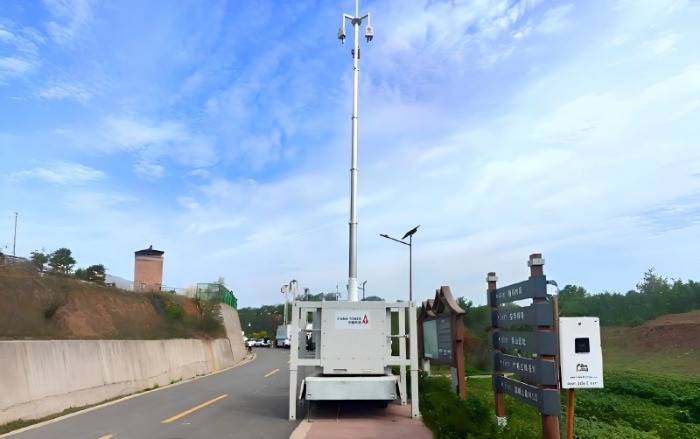Reinforcing steel bars, hailed as the "skeleton" of a building, directly impact the safety, durability, and stability of concrete structures through their binding quality. Even a seemingly insignificant negligence in binding can sow the seeds of future structural problems. For project managers, technical supervisors, and frontline workers, mastering the core principles of reinforcing steel binding and avoiding common errors is crucial for ensuring project quality. This article will delve into typical errors in reinforcing steel binding operations and provide practical prevention and optimization methods to help you build a rock-solid building framework.


I. Core Error Area: Uncontrolled Positioning and Spacing
Error Manifestations:
* Uneven Reinforcement Spacing: Overly dense reinforcement makes concrete pouring difficult, easily resulting in honeycombing and voids; overly sparse reinforcement cannot effectively bear loads, leading to cracking.
* Misalignment of Main Reinforcement Bars: Main reinforcement bars in beams, columns, and slabs are not placed in the correct positions as required by the drawings, greatly affecting the bending and compressive strength of the components.
Consequences: Reduced structural load-bearing capacity, inability to guarantee design strength, and serious safety hazards.
Optimized Solutions:
1. Use Standardized Spacing Fixtures: Before binding, prefabricate calipers or positioning bars with the same spacing as the design. During binding, use them as a ruler to ensure the accurate positioning of each reinforcement bar.
2. Fabricate and Fix Reinforcement Positioning Frames: For components such as beams and columns, simple positioning frames can be welded off-site before placing the main reinforcement bars inside the frames for binding, effectively preventing the reinforcement bars from shifting during construction.
3. Strengthen process inspection and acceptance: Before concrete pouring, a measuring tape must be used to check the spacing of the reinforcing bars and the thickness of the protective layer in each area to ensure that they meet the design requirements.
II. The "Hidden Killer" of Lap Joints and Anchorages
Error Manifestations:
* Insufficient Lap Length: To save materials, the lap length of reinforcing bars is arbitrarily shortened.
* Incorrect Lap Location: Lapping is performed at points of maximum stress (such as beam ends or column tops), or the lap ratio within the same cross-section exceeds the standard.
* Insufficient Anchorage Length: The reinforcing bar does not extend sufficiently into the support, failing to effectively transfer stress.
Consequences: The reinforcing bar cannot effectively transfer stress, creating weak points in the structure, making it highly susceptible to failure at the lap/anchorage points.
Optimized Solutions:
1. Strictly Follow Drawings and Memorize Specifications: Before construction, technicians must provide detailed instructions to the work team, clearly defining the lap and anchorage lengths for reinforcing bars of different diameters and in different locations. Key data should be compiled into simple charts and posted on the construction site.
2. Use Color Coding: Mark the ends of reinforcing bars with different lap lengths using different colors of paint for easy worker identification and inspection. 3. Use mechanical connections or welding: When connecting important components or large-diameter steel bars, mechanical connection methods such as straight threaded sleeves should be given priority. These methods provide more reliable connection quality and can avoid lap joint errors.
3. Use mechanical connections or welding: When connecting important components or large-diameter steel bars, mechanical connection methods such as straight threaded sleeves should be given priority, as they provide more reliable connection quality and can avoid lap joint errors.
III. Binding Secureness: More Than Just "Tying"
Incorrect Manifestations:
* Insufficient or Missing Binding Points: Especially at the corners of rebar intersections.
* Arbitrary Twisting Direction of Binding Wire: The ends of the binding wires are not bent inwards towards the concrete, but outwards, making them prone to rusting and creating seepage channels.
* Loose Binding Wires: Rebars easily shift under foot traffic or concrete impact.
Consequences: Poor overall integrity of the rebar cage, unable to work together effectively, and losing the overall load-bearing capacity assumed in the design.
Optimized Solutions:
1. Follow the "Figure-Eight" Binding Method: For bidirectional rebar meshes, ensure that every intersection is securely bound.
2. Standardize Binding Wire Orientation: Clearly specify and bend the ends of the binding wires towards the inside of the concrete. This is a crucial step reflecting construction details and quality.
3. Use Dedicated Binding Tools: Using high-quality binding guns or pliers not only improves efficiency but also ensures tightness and secure binding. Conduct a "tightening test" and manually check the security of key nodes.
IV. Protective Layer Thickness: The Structure's "Golden Outer Garment"
Errors:
* Failure to use or incorrect use of spacers: Spacers are crushed due to insufficient strength, spaced too far apart, or even replaced directly with crushed stone.
* Improper placement of spacers: Spacers for the bottom reinforcement of beams and slabs are stepped on and removed, causing the reinforcement to adhere to the formwork.
Consequences: Insufficient protective layer leads to easy corrosion of the reinforcement, significantly reducing durability; excessive protective layer reduces the effective height of the component, lowering its load-bearing capacity.
Optimized Solutions:
1. Use high-strength dedicated spacers: Use customized cement mortar spacers, plastic clip-on spacers, or hub-type spacers with the same or higher strength as the concrete design strength.
2. Ensure proper spacer placement: The spacing between spacers should be 0.8-1 meter, with appropriate densification below the stressed reinforcement. After binding, a designated person should check whether the spacers are missing or in good working order.
3. Promote the use of stirrups: For the upper layer of steel bars in floor slabs, continuous stirrups must be used for support to ensure that they do not sink during the pouring process.


To systematically avoid the above errors, the following core processes should be followed:
1. Pre-construction control (preparation): Detailed design and technical briefing – Thoroughly understand the drawings, lay out complex details, and provide visual and operational briefings to all workers.
2. In-construction control (execution): Standardized operations and process inspection – Promote the use of positioning clamps, high-strength spacers, and other tooling; construction workers and quality inspectors should supervise and inspect to promptly identify and correct problems.
3. Post-construction control (acceptance): Strict three-inspection system – Team self-inspection, inter-process handover inspection, and quality inspector-led inspection; complete the acceptance of all concealed rebar works before concrete pouring.
Remember: High-quality rebar tying is not only a reflection of technical skill but also a demonstration of responsibility. Every standardized operation contributes to the safety of the building. Starting with details and optimizing processes, let us jointly build a safer and stronger future.

